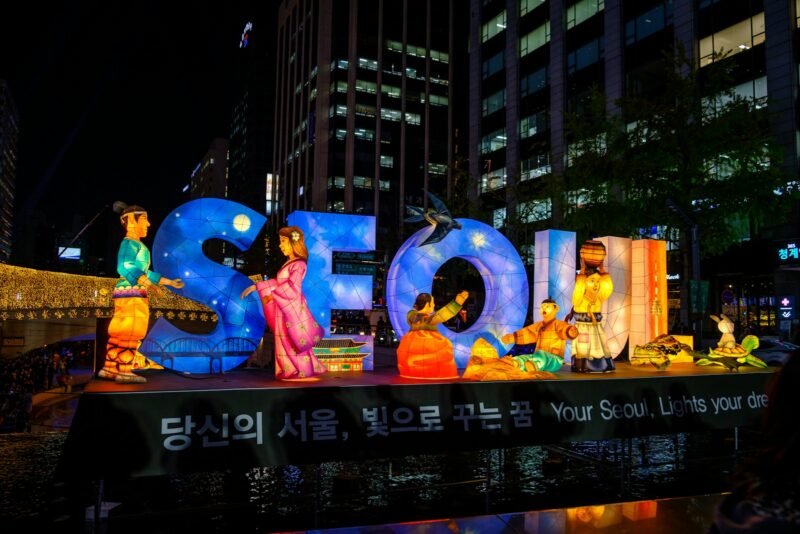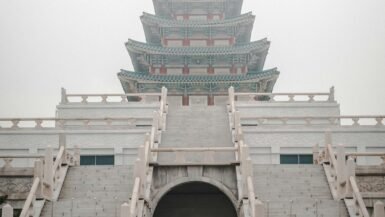Searching for Top 5 must-see attractions in Seoul 2025 Seul? Neon signs fizz to life as steam rises from street-food stalls, and tiled palace roofs glow like lacquered shells. Seoul rushes past in electric color—until a quiet alley or a river breeze slows time down just for you.
Seoul began as a walled royal capital and became a megacity where palace eaves reflect on glass towers. Walk a few blocks and you’ll shift eras: Joseon courtyards, 20th-century markets, K-pop billboards, and a river stitched with bike paths and breezy parks. The city reinvented itself after hard chapters, and today it balances ritual with reinvention, tea houses with tech.
Why 2025 matters: more contactless everything (transport, tickets, food stalls), smoother English signage, and renewed night openings at key sights in select seasons. Expect timed entries at busy attractions, small price adjustments, and crowds drawn by global concerts and festivals. The upside? Better planning tools, easier cashless travel, and night experiences that make the skyline feel close enough to touch. If staying connected from touchdown helps you move faster, consider an eSIM to land connected.
Gyeongbokgung Palace and the royal heart of Seoul
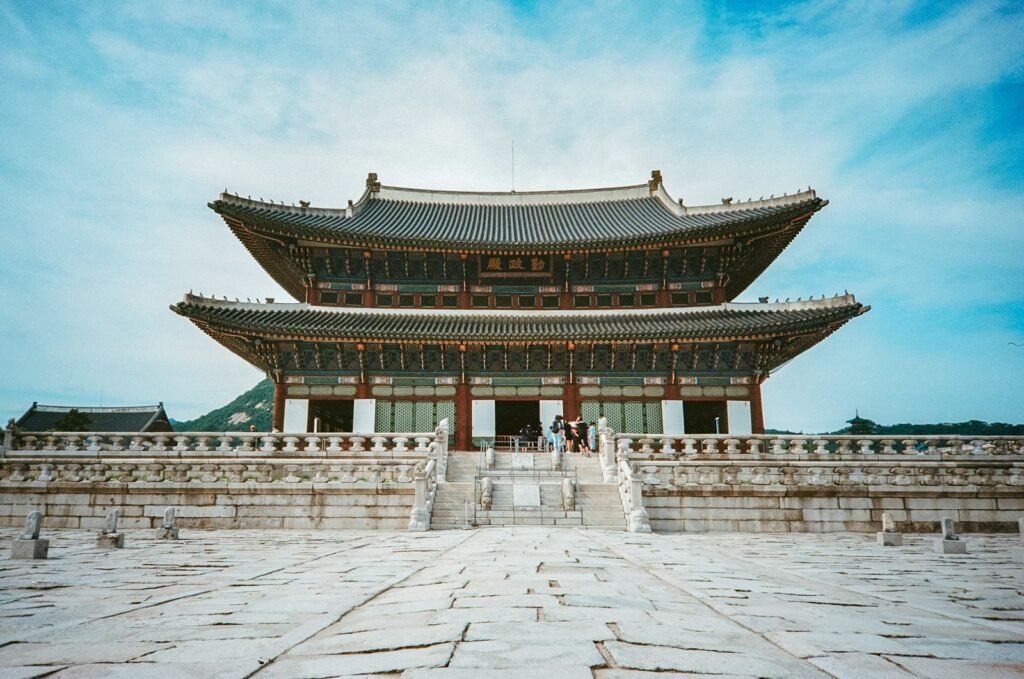
Walk through Gwanghwamun Gate and the city hushes. Pavilions float over lotus ponds, mountains frame tiled rooftops, and the Changing of the Guard brings drumbeats you’ll feel in your ribs. This is where Seoul’s story starts—ceremony, symmetry, and a window into the dynasty that shaped the city’s rhythms.
Why it matters: Gyeongbokgung connects you to the city’s backbone. It’s also the easiest place to understand how modern Seoul wraps around tradition—and to grab photos that feel timeless, especially if you rent a hanbok (traditional attire) for free entry and a different kind of immersion.
Best time
Arrive at opening to beat tour groups, or come late afternoon for softer light. Seasonal night openings (limited weeks) turn courtyards into lantern-lit dreamscapes—book as soon as dates drop.
How to get there
Subway Line 3 to Gyeongbokgung (Exit 5) or Line 5 to Gwanghwamun (Exit 2). Plan 60–90 minutes; add the National Folk Museum inside the grounds if you linger.
Prices & hours: entrance usually ₩3,000–₩5,000; combo palace tickets available. Rough hours 9:00–17:00/18:00 depending on season; closed Tuesdays. Guard ceremony runs most days late morning/early afternoon, weather permitting. Hanbok rental near the gates from about ₩15,000–₩35,000 for 2–4 hours. Última atualização: Ago/2025
Bukchon Hanok Village: slow time between wooden eaves
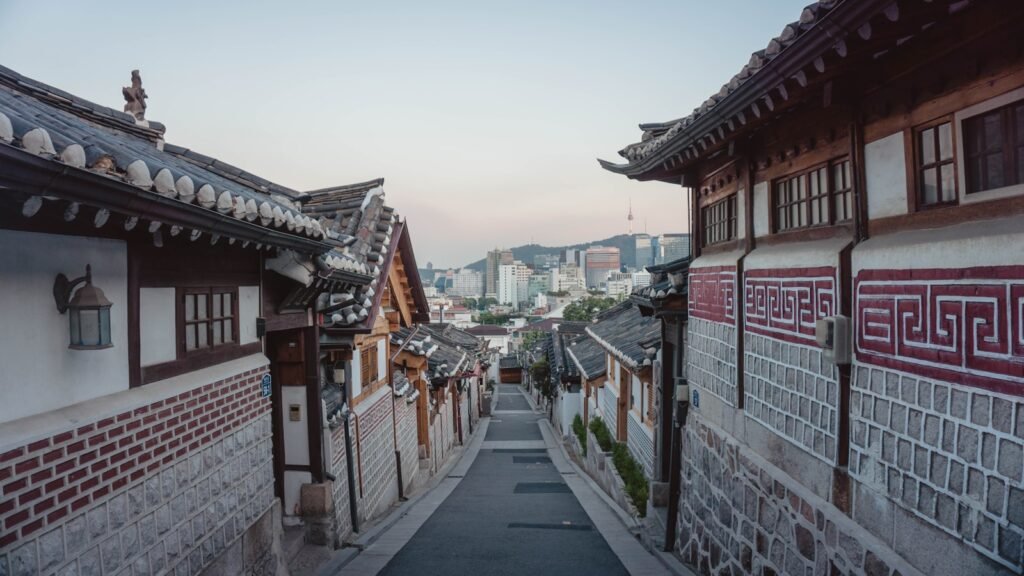
Between Gyeongbokgung and Changdeokgung, lanes weave past hanok homes with curved roofs and stone walls. You’re walking a living neighborhood, not a museum: ceramic name plates, tiny gates, and quiet courtyards that still feel lived-in. At dawn, the village smells faintly of pine and rice porridge from tucked-away kitchens.
Why it matters: Bukchon isn’t just picturesque; it shows how Seoul kept its craft of space—ondol floor heating, inner courtyards, low horizons—even as it grew vertical. It’s also where your photos tell a story beyond skyline shots.
Best time
Early morning for empty alleys and soft light; late afternoon for golden rooftops. Respect quiet-zone signs—voices carry on these narrow streets.
How to get there
Subway Line 3 to Anguk (Exit 2) and follow the Bukchon signs. Mix it with a tea stop in Samcheong-dong or a gallery peek on your way back.
Costs & practicals: strolling is free. In-village culture centers and small galleries may charge ₩2,000–₩8,000. Hanbok/photography experiences in nearby shops generally ₩20,000–₩50,000. Many cafés are cashless; cards and mobile pay are fine. Última atualização: Ago/2025
Mini-scene: On a side lane, a cat naps on a warm stone threshold while your footsteps echo—just beyond, the city hum is a murmur.
N Seoul Tower: citywide sunset and night lights
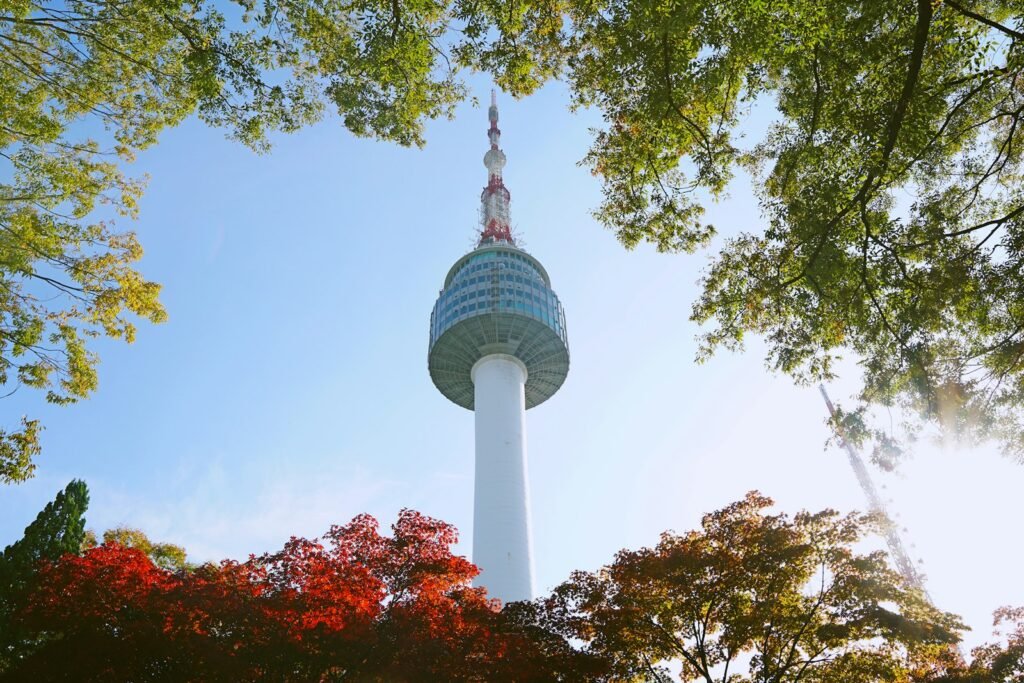
Namsan rises like a green island from central Seoul, and the tower crowns it with a 360° observatory. As dusk falls, the city lights thread along the Han River, and the mountains turn indigo. Couples clip “love locks,” families point out districts, and photographers wait for the blue hour glow.
Why it matters: This is the city’s big reveal. From up top, neighborhoods click into place—Palaces to the north, Gangnam’s grid to the south, river curling between. Plan it right and you trade queues for a smooth, cinematic evening.
Best time
Golden hour into night (arrive 60–90 minutes before sunset). Weeknights are quieter than Fridays and Saturdays; winter views are clearest after a cold front.
How to get there
From Myeong-dong, ride the Namsan Cable Car (fast but popular) or take the Namsan Sunhwan City Buses (inexpensive, frequent). If you prefer to skip lines, walk one of the signed trails up (30–40 minutes, moderate) and cable-car down.
Prices & hours: Observatory tickets roughly ₩12,000–₩22,000; cable car round-trip around ₩14,000–₩20,000. Typical hours 10:00–22:00 (later on Fri–Sat peak seasons). Family combos and timed slots may appear on busy dates—worth it to reduce waiting. You can compare hours and tickets before you go. Última atualização: Ago/2025
Mini-scene: The city clicks on one district at a time; when the river turns silver-black, you’ll hear a chorus of wows in every language.
Gwangjang Market: sizzling Seoul on a plate
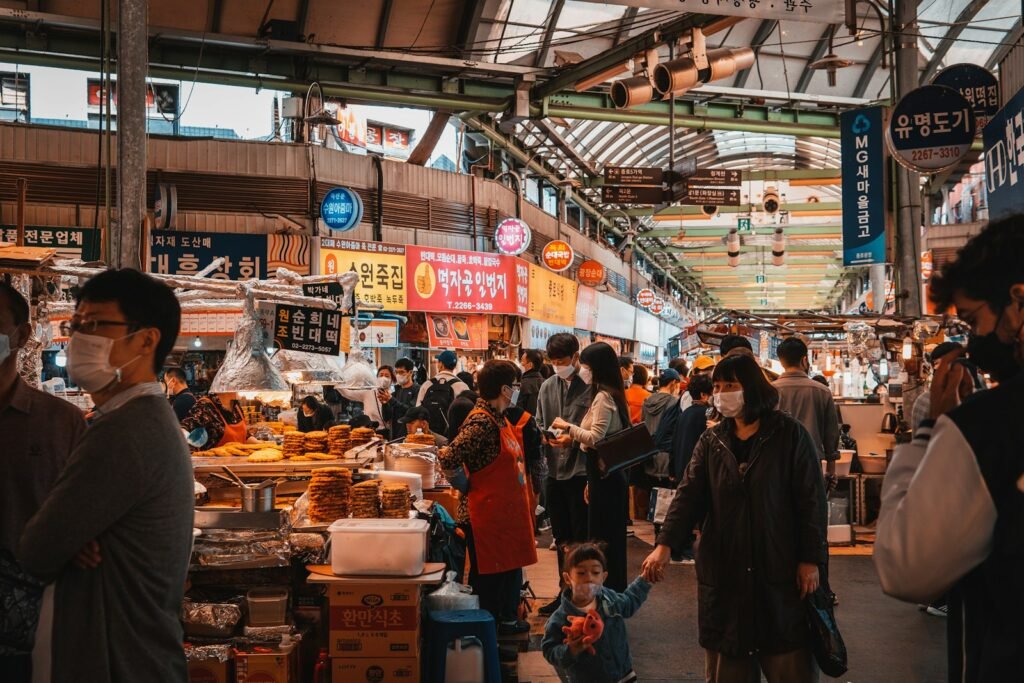
This century-old market still cooks like it means it: bindaetteok (mung-bean pancakes) crackling on iron griddles, knife-cut kalguksu noodles in steam clouds, mayak gimbap that tastes like trouble in the best way. Textile stalls line the edges; in the center, food lanes pull you in with scent and laughter.
Why it matters: Markets are Seoul’s social engine. You’ll hear local banter, learn the difference between kimchi varieties by taste, and understand how comfort food fuels a hypermodern city. It’s also a budget-friendly feast that doesn’t skimp on character.
Best time
Late morning to mid-afternoon for smoother seating; evenings buzz but queues form. Weekdays are gentler; Saturdays hum with energy and lines.
How to get there
Subway Line 1 or 2 to Euljiro 4-ga, or Line 1 to Jongno 5-ga, then follow signs. Bring a small appetite and graze—two or three bites per stall beats a single sit-down.
Prices & hours: Most dishes ₩5,000–₩15,000; a filling tasting crawl lands around ₩12,000–₩30,000 per person. Many food stalls open late morning and run to 20:00–22:00; textile lanes often earlier and may rest on Sundays. More stalls take cards in 2025, but a little cash avoids surprises. Última atualização: Ago/2025
Hangang River Cruise at Yeouido: skyline by water
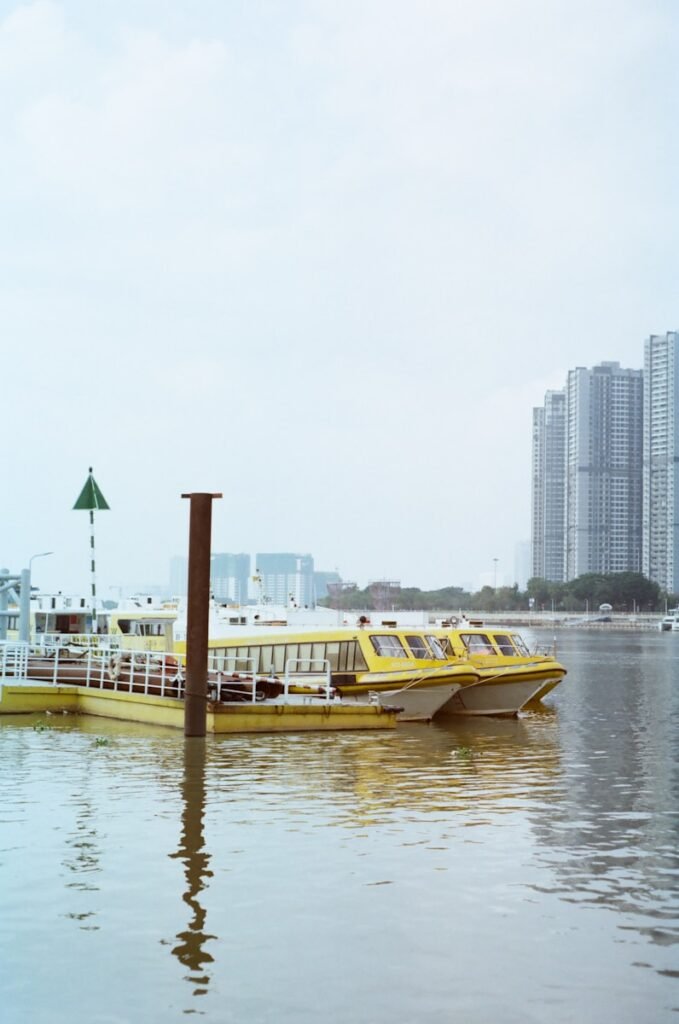
Seoul’s river isn’t just a backdrop: it’s a stage. At Yeouido, boats slip past bridges while cyclists trace the banks and picnic mats bloom on the grass. The skyline rises and recedes as you glide; music on deck blends with the soft thrum of the engine and night air.
Why it matters: The Han ties the city together. A cruise shows how districts line up, and an evening picnic afterward turns a check-list day into a lived-in memory. In cherry blossom or autumn leaf seasons, it’s pure Seoul magic.
Best time
Sunset into early night for gold-to-neon transitions. On windy or rainy days, aim for earlier sailings to buffer cancellations; on festival weekends, book ahead and arrive 20–30 minutes early.
How to get there
Head to Yeouido Hangang Park (Subway to Yeouinaru Station). E-land runs a mix of standard, music, and themed cruises; durations typically 40–70 minutes. Pack layers—river breezes can cool fast.
Prices & hours: Standard cruises usually ₩16,000–₩25,000; music/dinner options from ₩30,000–₩60,000. Departures concentrate late afternoon to evening, with extra sailings on weekends and peak seasons. Food carts and convenience stores in the park make “chimaek” (chicken + beer) picnics easy.

